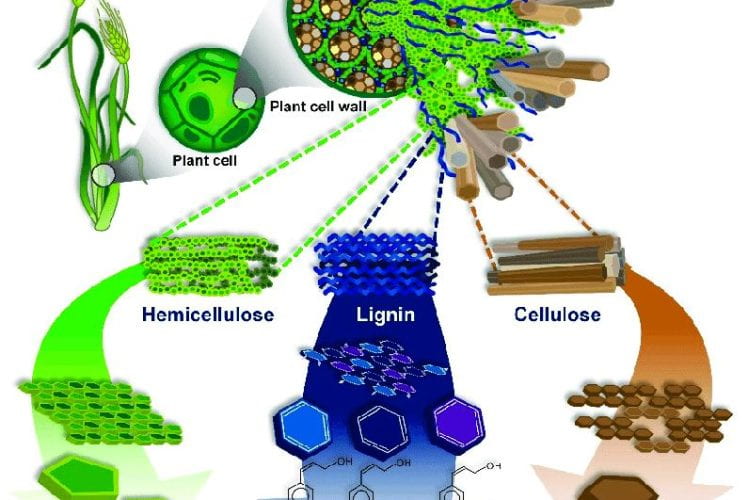
Please check out our latest papers from Team Cellulose! We sincerely apologize for not marching faster on the way towards clean, renewable biofuel and lowering gas prices to below $2

Author: Will Hancock Because you only have 10 or 12 minutes, you need to be concise. Limit intro slides, and clearly state the goals of the project early in your

Author: William Hancock Problem: Very often we measure distributions of times, run lengths, or other quantities, we plot the distribution, and we fit it with an exponential or biexponential. Also,

Author: William Hancock Q: What concentration of tubulin is needed to create a full monolayer of tubulin on the surface of a flow cell? A: Tubulin is 8 nm x

Author: William Hancock For electrostatic interactions of proteins, the ionic strength is a major determinant, and so we want to be able to compare buffers of different ionic strengths. The

Author: William Hancock Say you have about 30 ul in an Eppendorf tube. You can lose protein by protein adsorbing to the side of the tube. How much might you

Author: William Hancock General Comments: The purpose of a lab notebook is to keep a record of the experiments you have done so that you can refer back to them

We have a paper on how lignin impacts cellulase degradation being accepted and will be online soon in Biotechnology for Biofuels and Bioproducts! Cellulose degradation by cellulases has been studied

The Department of Chemistry Summer Undergraduate Research Program gives undergraduate students opportunities to participate in frontier chemistry research at a major research facility. The National Science Foundation funded Research Experience for

Tracking objects under the microscope and characterizing their movements, particularly when studying motors, can be time-intensive. Fortunately, we have several ways to simplify this. One approach involves fitting the Point

Microtubules are like the high-speed expressways for motor proteins, made up of a protein called tubulin. In our lab, especially during our stop-flow experiments, we need a lot of microtubules

TIRF and IRM are ideal approaches to image small enzymes (tagged with fluorescence) interacting with big subtract(label-free ! e.g., microtubules, Cellulose, PET fibers)! Cellobiose slows down the velocity of cellulase




